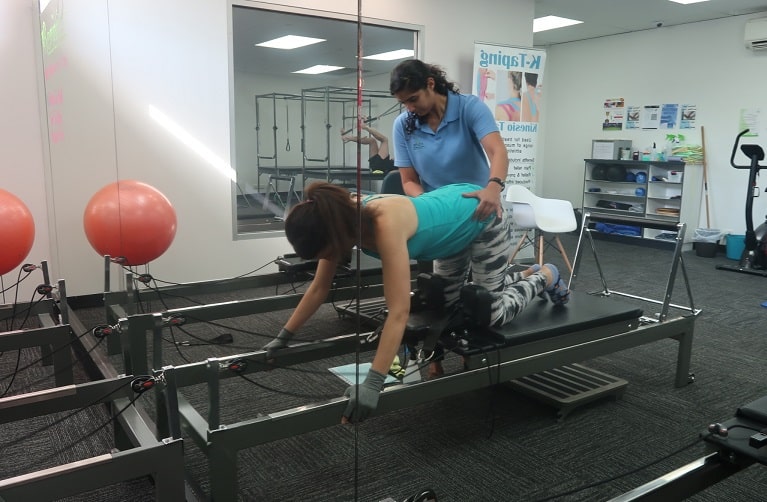
What Is Diabetes?
Diabetes is an illness that occurs when the body can’t balance its own blood glucose levels; there are two different types of diabetes, Type 1 and Type 2.
Type 1 diabetes develops when the pancreas can’t produce enough insulin because the cells that produce the insulin have been destroyed by the body’s immune system.
Without insulin, the body’s cells can’t absorb glucose which collects in the blood and may lead to symptoms of high blood sugar, these people manage their condition by injecting insulin into their system.
When someone has type 2 diabetes it means that their body is producing insulin, however, their tissues are not able to use the insulin to produce energy. This is called insulin resistance. If this continues untreated the insulin-producing cells may get damaged and this leads to insulin deficiency. These people can normally manage their diabetes with an appropriate diet, good health, and exercise.
How both types of diabetes are alike, is that they lead to a greater risk of many diseases such as heart and kidney disease. As a result, they require a holistic approach to manage.
I Have A Family History Of Diabetes, Should I Worry?
If you have an immediate family member with type 1 or 2 diabetes, there is a higher chance that you may develop the condition. This can be decreased with lifestyle changes such as doing at least 30 minutes of exercise daily and eating a balanced healthy diet.
Why Is It Important To Exercise When You Have Diabetes?
If you’re experiencing any of the symptoms that are associated with diabetes, these include feeling thirsty, fatigued, skin infections and continuously needing to urinate, it’s strongly advised that you consult with a medical professional.

It’s important for everyone’s well-being to exercise regularly, but when you have diabetes you have even more reason to stay fit.
Here are the different ways that exercise can help to regulate diabetes.
- Exercise can help to control your blood sugar levels.
- It encourages your insulin to work better by making your cells use more glucose.
- It can help you to maintain your appropriate weight which helps your body deal with diabetes.
- Exercise can assist in lowering your blood pressure and improving your levels of good cholesterol which help to decrease your chance of heart disease.
- Exercise can improve your stress levels, sleep, and mood which help us stay thinking and feeling healthy.
What Are The Symptoms Of Diabetes?
- Heightened thirst
- Feeling fatigued and sluggish
- Constantly needing to urinate
- Increased hunger
- Slow-healing wounds
- Altered vision
- Losing weight unexpectedly (Type 1)
- Putting on weight unexpectedly (Type 2)
- Headache
- Sudden changes in your mood
- A giddy sensation
- Cramps in your leg
How Can Physiotherapy Help To Manage Diabetes?
Physiotherapy plays an important role in the management of diabetes, from assisting in the prevention of diabetes to recovery from the condition.
Most importantly your Physiotherapist can help to:
- Assess your physical condition and start your exercise program at a level that is right for you.
- Incorporate different types of exercise into your program including cardiovascular exercise, stretching and strength training.
- Progress your exercise program at the right pace so that you avoid any injury.
- Create a home exercise program as you need to be active on a daily basis.
- Help you to deal with any complications that may arise due to your diabetes.
This blog was written by Nick Lagos from the City Physio practice.

